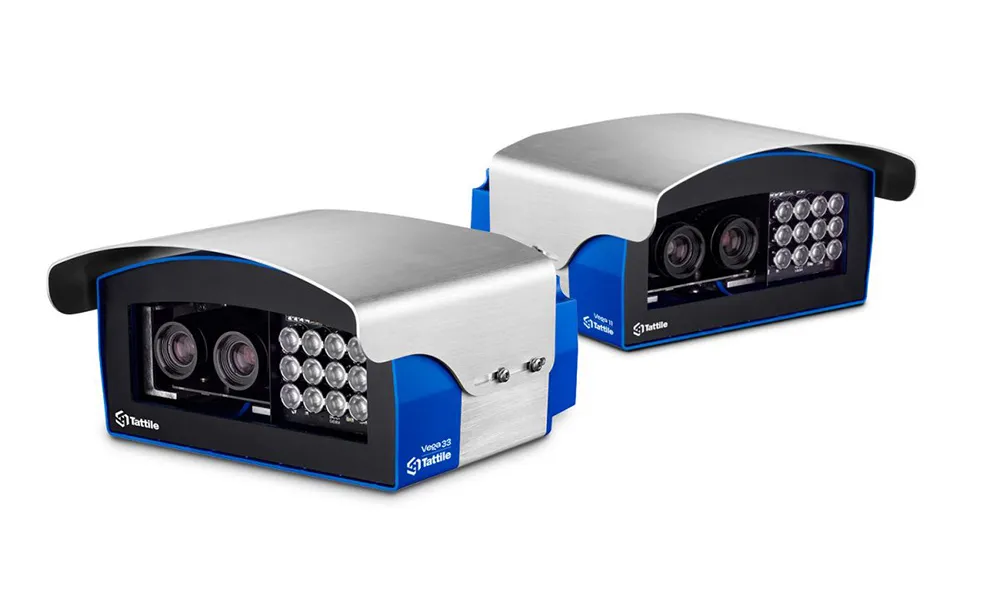Microbus has launched its latest IP network-enabled Automatic Number Plate Recognition (ANPR) cameras specially developed for ANPR recognition systems over LAN/WAN video networks. According to the company, adding embedded IP encoding inside the Rapier 25 and 50 cameras offers ANPR providers significantly lower implementation costs and flexible networking capabilities whilst maintaining all the remote setup capabilities for camera, lens and IR configuration. A Rapier IP camera can stream images from both the
January 31, 2012
Read time: 2 mins

Microbus says its cameras can also be used for statistical analysis and include options for virtual triggers, vehicle counting and vehicle classification. Traffic monitoring features such as direction of travel, stopping, loitering, entering and exiting from view are also able to be configured and flagged through IP messaging (metadata) to the ANPR computer or other devices on the network.









